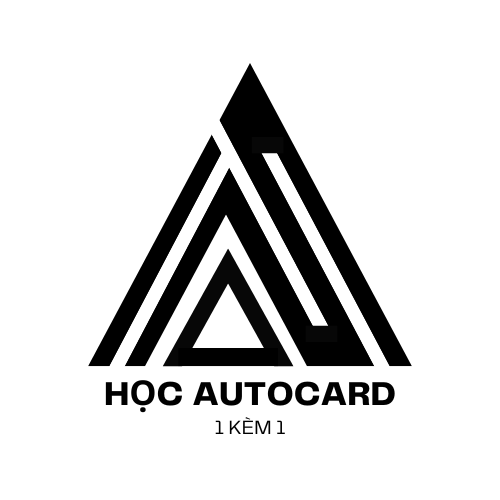TL;DR: Started using virtual staging for my real estate photography business and it’s been a complete transformation. This is what happened.
Alright, I’ve been browsing on this sub on hashnode.dev for months and finally decided to share my experience with virtual staging. I’m a freelance photographer who’s been photographing properties for about three years now, and virtual staging has totally transformed my career.
How It Started
About a year ago, I was having trouble to compete in my local market. My competition seemed to be offering something extra, and I was missing out on jobs left and right.
During a particularly slow week, a property manager asked me if I could make their empty house look more “welcoming.” I had absolutely no clue with virtual staging at the time, so I reluctantly said I’d look into it.
The Research Phase
I dedicated weeks studying different virtual staging platforms. In the beginning, I was unsure because I’m a traditionalist who believes in authentic photography.
However, I realized that virtual staging isn’t about deceiving buyers – it’s about demonstrating possibilities. Unfurnished properties can feel hard to imagine living in, but well-staged areas help potential buyers feel at home.
My Setup
After experimenting with multiple platforms, I chose a combination of:
What I use:
- Adobe Photoshop for basic editing
- Dedicated staging tools like BoxBrownie for detailed staging work
- Adobe Lightroom for color correction
Hardware:
- Sony A7R IV with ultra-wide glass
- Good tripod – this is crucial
- External lighting for balanced lighting
Mastering the Craft
Not gonna lie – the initial period were rough. Virtual staging requires understanding:
- Decorating basics
- Color theory
- Proportions and scale
- Realistic light sources
My first tries looked like bad CGI. The virtual items didn’t fit the space, colors clashed, and everything just looked unrealistic.
My Aha Moment
About six months in, something fell into place. I learned to pay attention to the natural illumination in each room. I realized that realistic virtual staging is 90% about matching the existing illumination.
These days, I invest lots of attention on:
- Studying the quality of natural light
- Matching light falloff
- Selecting furniture elements that enhance the architecture
- Making sure color temperature matches throughout
Results
I’m not exaggerating when I say virtual staging revolutionized my career. Here’s what happened:
Earnings: My average job value increased by roughly double. Clients are willing to pay more for full-service photo packages.
Repeat Business: Real estate professionals who use my virtual staging work nearly always book again. Recommendations has been outstanding.
Competitive Advantage: I’m no longer fighting on price alone. I’m delivering genuine solutions that significantly improves my clients’ sales.
What’s Difficult
I should mention about the difficulties I encounter:
Time Investment: Quality virtual staging is not quick. Each room can take several hours to complete professionally.
Client Education: Some clients aren’t familiar with virtual staging and have wild ideas. I invest effort to explain and establish limits.
Technical Challenges: Complex lighting scenarios can be nightmare to handle properly.
Keeping Current: Interior design trends change constantly. I regularly update my staging assets.
Tips for Anyone Starting
To those interested in trying virtual staging:
- Start Small: Don’t try challenging projects right away. Perfect simple furniture placement first.
- Invest in Education: Study examples in both technical skills and interior design. Understanding design principles is crucial.
- Develop Samples: Work with your practice images in advance of charging money. Develop a solid collection of before/after examples.
- Stay Honest: Make sure to mention that pictures are computer generated. Ethical practices builds trust.
- Price Appropriately: Don’t undervalue your professional services. Good virtual staging takes time and needs to be compensated accordingly.
What’s Next
Virtual staging continues evolving. AI tools are enabling quicker and increasingly convincing results. I’m optimistic to see what innovations will further improve this industry.
At the moment, I’m focusing on growing my business capabilities and possibly teaching other professionals who want to learn virtual staging.
Wrapping Up
These tools represents one of the most valuable additions I’ve made in my business journey. It takes dedication, but the benefits – both monetary and in terms of satisfaction – have been totally worthwhile.
To those on the fence, I’d say take the plunge. Start small, educate yourself, and be patient with the journey.
I’m available for any follow-ups in the comments!
Edit: Thanks for all the great questions! I’ll make an effort to reply to all of you over the next few days.
Hope this helps someone considering this career move!
